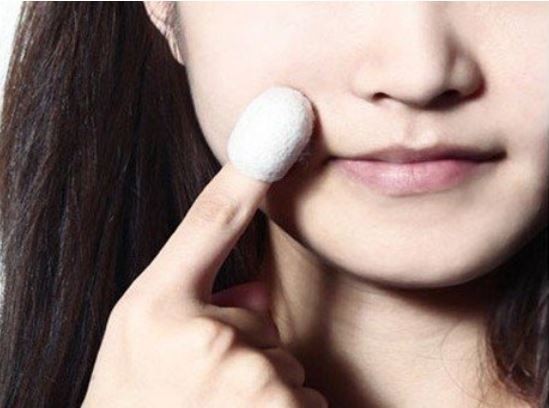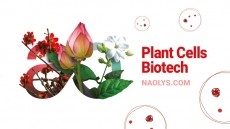The rise of the silkworm cocoon in skin care

Innovation is booming in Korea right now and cosmetics featuring the proteins from transgenic silkworms are doing well on the market such as a 'cocoon facial soap' or 'Cocoon Peeling Silk Balls' by brands like Memebox, for example.
The efficacy of the material is all down to the silkworm's fibres which produce silk threads. After the fibres are created, a very tiny amount of silk powder can be obtained for silk cocoons.
Behind micro-silk fibres is a powder protein called Sericin which helps to prevent dehydration and boost the moisturising properties in other ingredients.
The powder is then combined with oils and fluids to be used in skin care products.
The most popular way the material is being used right now is in the form of peeling silk balls that gently exfoliate and hydrate the skin. The trend is even spreading to the West, influencing skin care formulators there.
The art of sericulture
Today, China, India, and Thailand are the main cultivators of silkworms.
In Fujioka, Gunma Prefecture, a Immuno-Biological Laboratories company along with scientists at the National Institute of Agrobiological Science have created a genetically modified silkworm that produces human collagen with technical assistance from.
Immuno-Biological Laboratories is already using human collagen in cosmetics and other products. Most conventional cosmetics use fish-derived collagen, but this is said to provoke an allergic reaction in some people.
According to the researchers, using human collagen solves this problem and can also boost a consumer's image from being associated with using silk on their skin.
"Natural sources of collagen have previously been difficult to extract. With this new technology, roughly 10 mg of collagen can be produced from one cocoon," they say.
To extract this small amount the cocoons are dissolved in water and the fiber filtered out. However, scientists say some problems still remain in that the sticky sericin tends to get caught in the filter mesh, making the process difficult to control.










![Able C&C has furthered its partnership with Japanese discount chain Daiso with new makeup launch. [A'pieu]](/var/wrbm_gb_food_pharma/storage/images/_aliases/wrbm_tiny/publications/cosmetics/cosmeticsdesign-asia.com/headlines/brand-innovation/a-pieu-and-daiso-launch-exclusive-2-makeup-line/17339117-1-eng-GB/A-pieu-and-Daiso-launch-exclusive-2-makeup-line.jpg)
![Down Under Enterprises is setting sights on the Asian market as environmental sustainability and traceability become increasingly important. [Getty Images]](/var/wrbm_gb_food_pharma/storage/images/_aliases/wrbm_tiny/publications/cosmetics/cosmeticsdesign-asia.com/headlines/market-trends/down-under-enterprises-shifts-focus-to-china-as-environmental-sustainability-traceability-come-into-the-spotlight/17304932-1-eng-GB/Down-Under-Enterprises-shifts-focus-to-China-as-environmental-sustainability-traceability-come-into-the-spotlight.jpg)
![News updates from Shiseido, Dr.Ci:Labo, Sephora, and more. [Shiseido]](/var/wrbm_gb_food_pharma/storage/images/_aliases/wrbm_tiny/publications/cosmetics/cosmeticsdesign-asia.com/headlines/brand-innovation/updates-from-shiseido-dr.ci-labo-sephora-and-more/17334944-1-eng-GB/Updates-from-Shiseido-Dr.Ci-Labo-Sephora-and-more.jpg)

![Clariant has underscored the importance of localisation strategies and distribution capabilities in China with beauty trends evolving at a rapid pace. [Getty Images]](/var/wrbm_gb_food_pharma/storage/images/_aliases/wrbm_tiny/publications/cosmetics/cosmeticsdesign-asia.com/article/2024/04/16/clariant-emphasises-importance-of-localisation-in-the-era-of-viral-trends/17327969-1-eng-GB/Clariant-emphasises-importance-of-localisation-in-the-era-of-viral-trends.jpg)

![We dive into our most-read stories on formulation and science. [Getty Images]](/var/wrbm_gb_food_pharma/storage/images/_aliases/wrbm_tiny/publications/cosmetics/cosmeticsdesign-asia.com/headlines/formulation-science/skin-science-latest-stories-on-cosmetics-science-and-formulation/17334719-1-eng-GB/Skin-science-Latest-stories-on-cosmetics-science-and-formulation.jpg)


